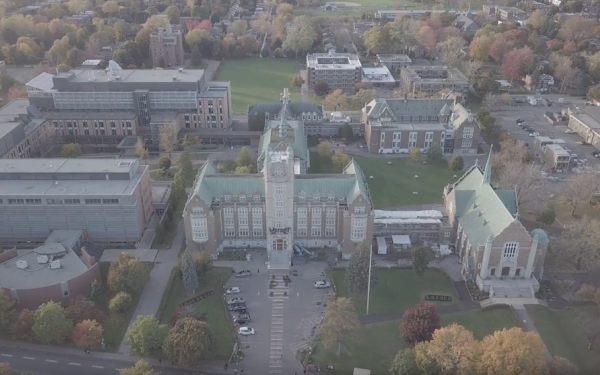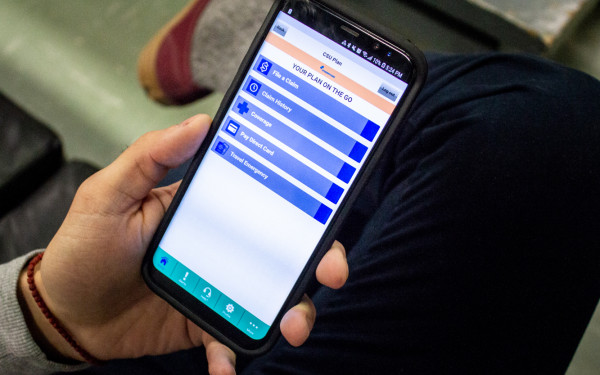The challenges of staying warm while working as a bike delivery person during the colder months
It’s just me and my wheels on the icy streets of Montreal
I started delivering food on my bike this summer.
Initially for UberEats, Skip The Dishes, as well as the local Montreal co-op Eva—until Eva kicked the bike couriers off their system. I soon began exclusively using UberEats, as I was making more money with them and preferred its system. Working throughout the summer and fall was great; I familiarized myself with the city, stayed in shape, and the pay was decent. The flexibility of the schedule is also very convenient, especially as a student. As the days wore on though, I knew the inevitable was happening—winter was coming.
I dreaded the coming of winter. Full disclosure: I’m from Victoria, one of the warmest cities in Canada, so I’m used to lots of rain, but the temperature rarely drops below 0 C. I had never ridden a bike in the snow, and feared it, even in a city that does a half decent job at clearing the bike lanes.
The days started to get colder, and I managed alright at first. In October I switched from shorts to pants, and the bandana I used to wipe my sweat transitioned to a handkerchief to deal with my constant runny nose. The bandana was key to maintaining a professional appearance, as putting a mask on a sweaty or snot-covered face before entering a restaurant or apartment building is less than ideal.
The biggest problem I had was keeping my hands warm. I started using gloves sometime in October, starting out with some thin $2 Dollarama gloves, and before long I upgraded to thicker hiking gloves. The hiking gloves had a touch screen pad on the thumb and index finger, which came in handy for accepting orders and checking directions on my phone.
By November I was fully decked out; I was wearing long johns, two pairs of socks, a fleece face covering, a toque under my helmet, and insulated ski gloves. I managed to stay relatively warm, but my ski gloves were so thick, I had to take them off every time I accepted a delivery on my phone. My hands get cold extremely fast, and take a long time to warm up, meaning they were freezing cold the majority of the time that I was working. The only real chance to warm them up was if a restaurant was taking a while to get the order ready. By the beginning of December, the weather had bested me—I threw in the towel.
I know there are options that would keep me delivering through the winter—insulated bar mitts, some better tires, and a stronger will would be a good start. But when it’s -25 C plus windchill, I avoid going outside for any period of time, much less to bike around trying to make money—which is another factor of the job.
There’s no guarantee that I’ll make money. It’s entirely up to how many people are ordering food at that given time, and how many other people are out delivering. If you bike fast and are smart about the orders you choose to accept, you can make decent money. But sometimes the orders are few and far between, or you accidentally accept an order that’s a bit further away than you thought, and you end up making well under minimum wage.
In addition to this, there is essentially nothing protecting me if I get injured while delivering. I function as an independent contractor, so if I slip on the ice while I’m working and break my arm, I get no compensation while I’m out of work.
Food delivery is a job like any other; it has its pros and cons. It is easy to apply for, and its flexibility is ideal for students trying to make some money. But it is also precarious; the money can be sparse, and it can be somewhat dangerous. In a city like Montreal, the winter presents a whole other set of challenges, which to some, are not worth overcoming.


_600_832_s.png)




_600_375_90_s_c1.jpg)